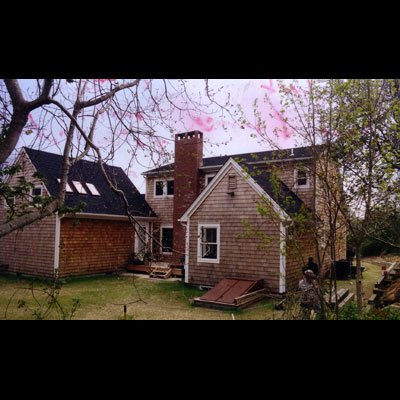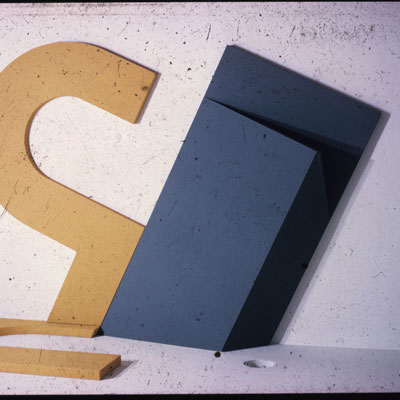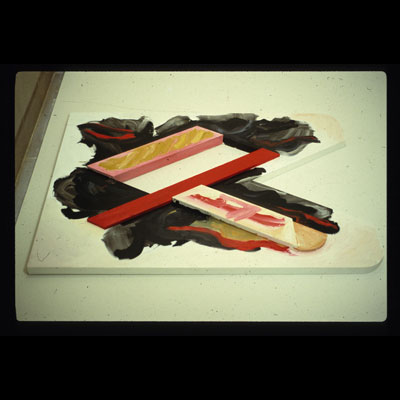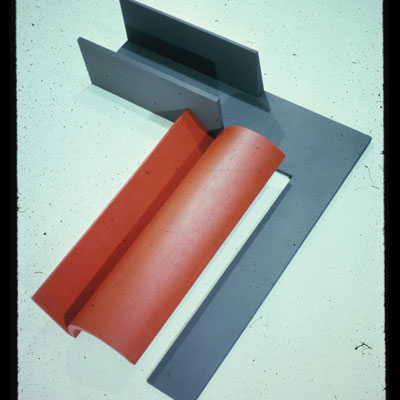 |
 |
 |
 |




One of the great advantages of Columbia University is that it is located in New York City, the center of the art world. The museums, galleries, and critical mass of artists are priceless assets. In my own time, over forty years ago, we had one- and two-man studios in Low Library. The campus had a special ambiance; one could occasionally encounter Margaret Mead marching along, staff in hand. It was a privilege to take art and architectural history courses from Julius Held, Rudolph Wittcower, and Meyer Shapiro.
My super-luck was to have Robert Motherwell as my painting critic. He was perhaps the most articulate artist of his time. Not only was he important in the development of my work, insightful and timely in his critiques, but he also told great stories about New York in the forties and fifties. He admitted that the stars fell upon a fortunate few artists in New York because they were all 4-F, staying at home while their contemporaries went off to war. Luck of the draw again, he was instrumental in my getting my first teaching job, at Hunter College. Most important, he introduced me to the world of autonomic drawing, helping me exploit my own intuition.
In addition to teaching in New York immediately after my MFA, I was able to get gallery shows, including a one-man show at Tibor de Nagy within two years. I was included in MOMA's permanent collection within four years. Admittedly, it was a much smaller artist community in the sixties.
I naively asked Robert Motherwell on our first Columbia meeting how he decided to proceed-what to paint. He replied that he began by knowing what he was not going to do. Although I had decent skills as a figure draftsman, I knew that I had little to add to that craft, and I had no passion to explore the human condition. As a collector, I've been seduced by the figure-at one time or another owning drawings by George Grosz, Alice Neel, and Red Grooms. A couple of years as an undergraduate architecture student, an ongoing preoccupation with abstract form, and a curiosity about making structures and objects led me to the obvious choice to become an abstractionist. The great fun and mystery of abstraction is that there is no limit in experimenting with form, imagery and materials.
Since retiring from teaching over ten years ago, I've again become involved in architectural design and construction. For me, this is all part of a continuum. In a few weeks, I'll enter my newly built studio. I'll begin to draw, not knowing where it will lead-such fun, such magic, lucky me. A lifetime of looking at architecture and now mining the references of my own work will inform much of what I will continue to investigate.